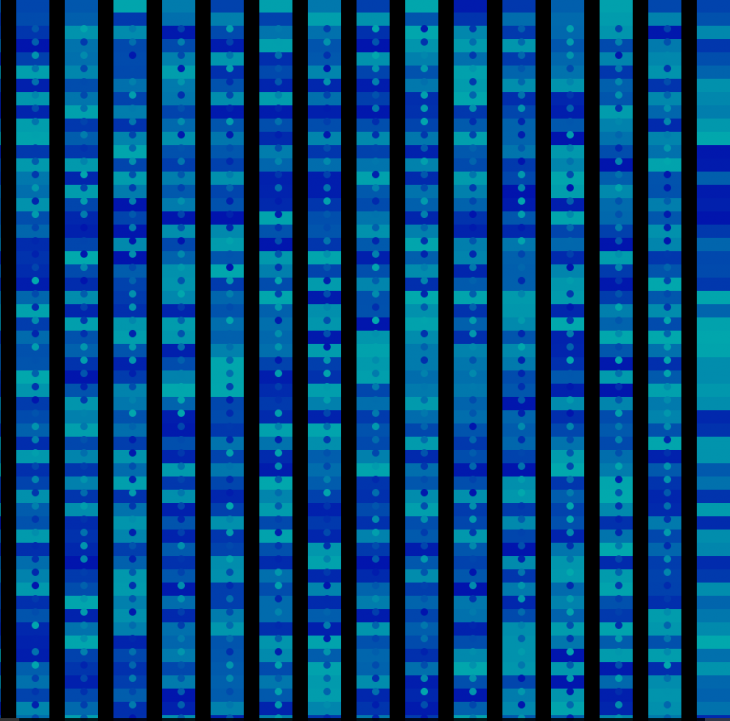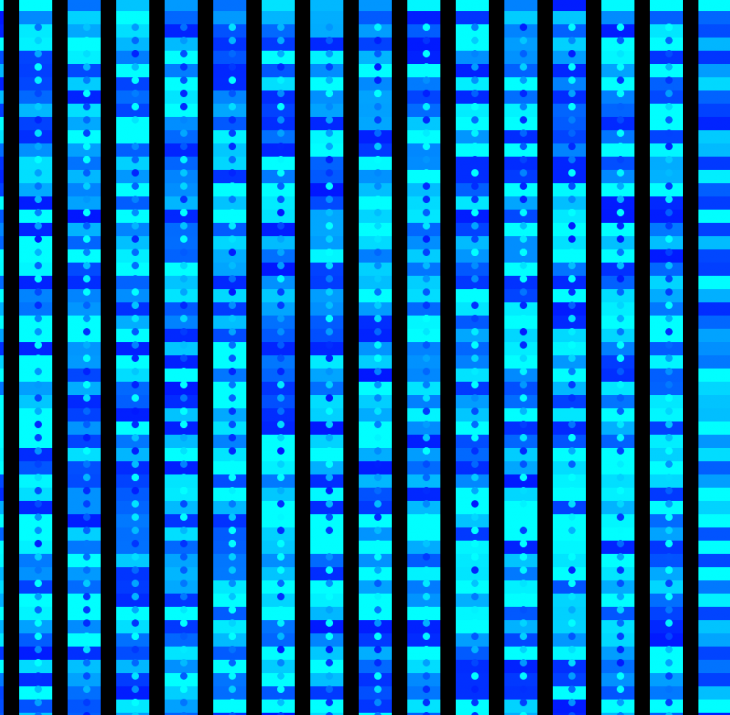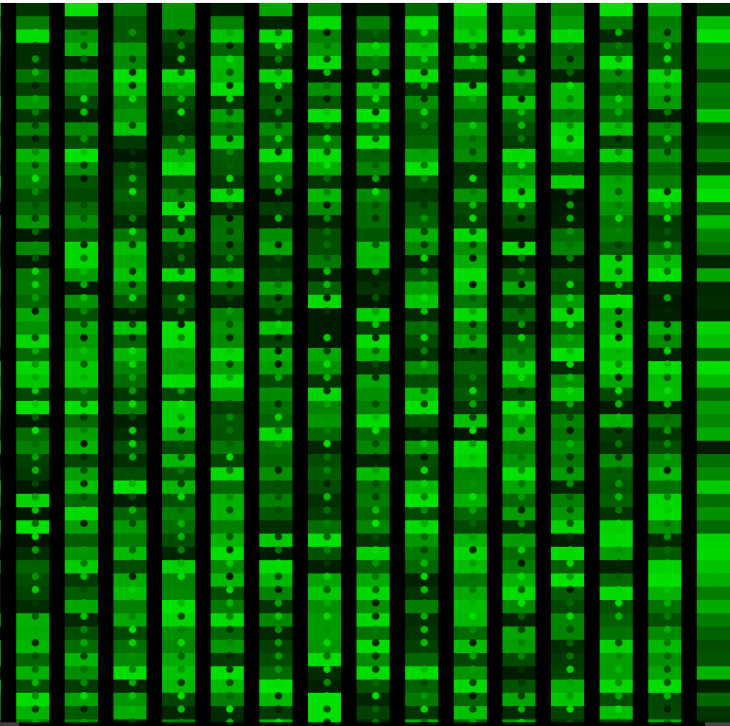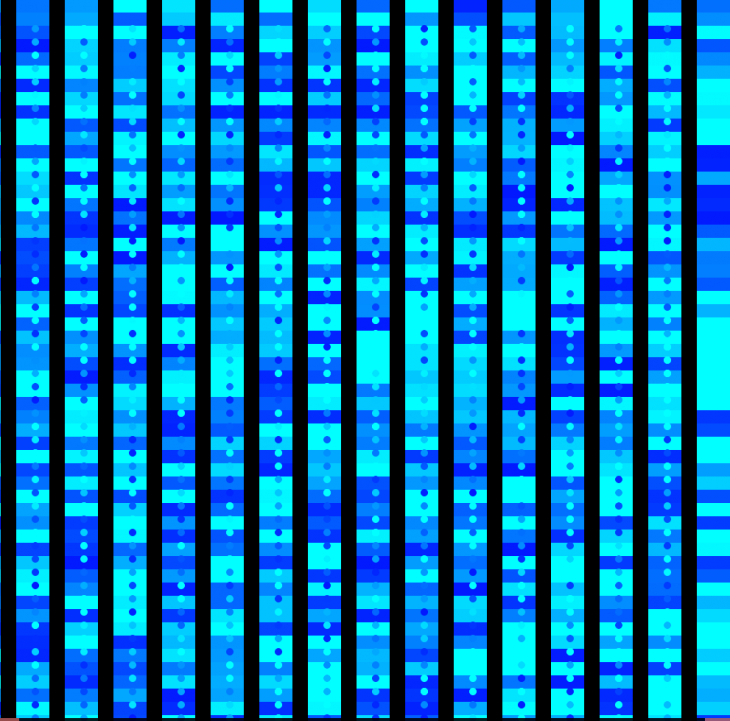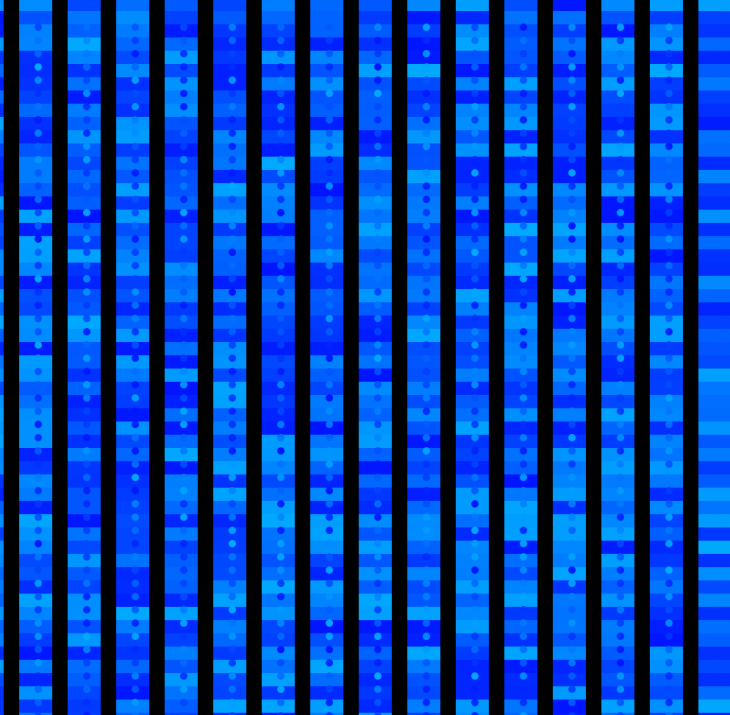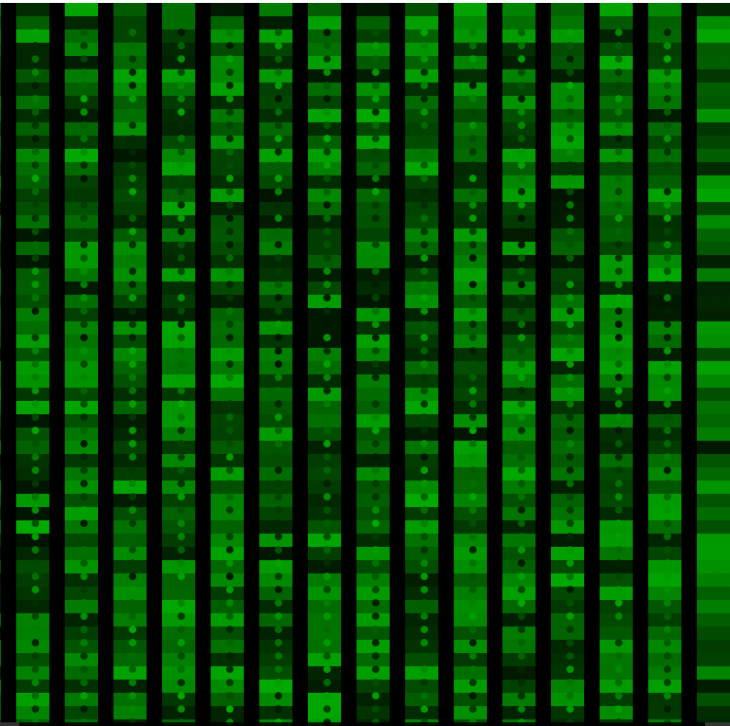Change the pattern is a project based on coding developed on the basis of interaction design, which gets activated by clicking the mouse screen on the pattern screen to produce endless gradients.
Interaction design, often abbreviated as IxD, is defined as “the practice of designing interactive digital products, environments, systems, and services.”While the digital side of this statement is true, Interaction design is also valid when creating physical products, covering the ideology of how a user may interact with it. Common topics that interaction design is most often associated with include design, human computer interaction, and software development. While interaction design has an interest in form, its main area of focus rests on behavior. Rather than analyzing how things are, interaction design synthesizes and imagines things as they might or ought to be. This element of interaction design is what clearly marks IxD as an aspect of a design field as opposed to a science or engineering field.
- What can a user do with their mouse, finger, or stylus to directly interact with the interface? This includes pushing buttons, dragging and dropping across the interface, etc.
- What commands can a user give, that aren’t directly a part of the product, to interact with it? An example of an “indirect manipulation” is when a user hits “Ctrl+C”, they expect to be able to copy a piece of content.
- What about the appearance (color, shape, size, etc) gives the user a clue about how it may function? These help the user understand how it can be used.
- What information do you provide to let a user know what will happen before they perform an action? These tell users what will happen if they decide to move forward with their action. This can include meaningful label on a button, instructions before a final submission, etc.
- What feedback does a user get once an action is performed?When a user engages and performs an action, the system needs to respond to acknowledge the action and to let the user know what it is doing.
- How long between an action and a product’s response time?Responsiveness can be characterized at four levels: immediate, stammer, interruption, and disruption.
The following are the principles on what interaction design works, but the possibilities are endless.
